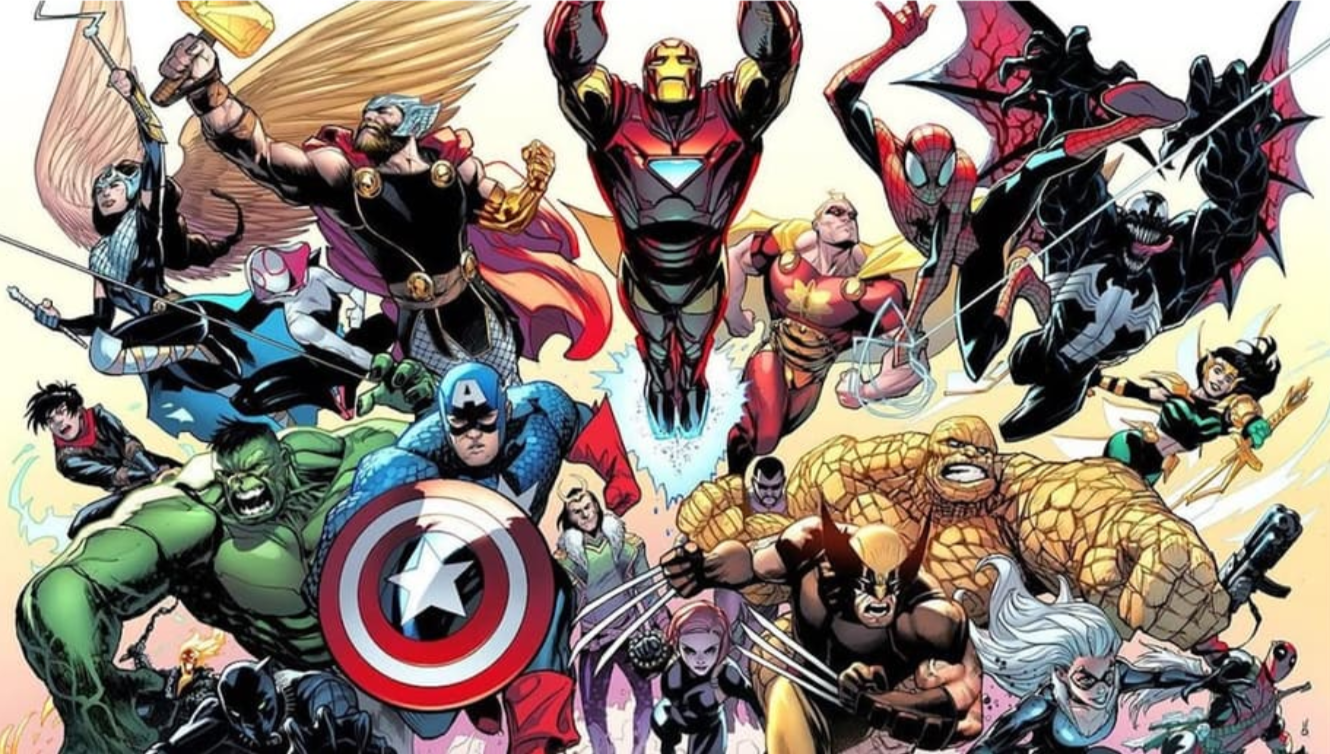Hyundai celebrates 30 years in Spain as a reference brand in the automotive sector that has achieved during its journey lead the design revolution in the automotive sector. With more than a million sales in Spain since its inception and a record market share of 8.51%, the Korean company has established itself as one of the leading automotive brands in Spain. In 2022, we will celebrate three decades of history in which Hyundai has revolutionized both the creative processes of its design departments and the production of its vehicles with innovation and avant-garde, incorporating breakthrough technologies into its equipment and leading it to a future of mobility. .
A journey you have made reach critical milestones for the history of its design and which has led it to win numerous awards, such as the nine achieved at the IF Design Awards 2022. From the first fully digitally designed model it presented in 2021 under the name ‘SEVEN’, to the IONIQ 5 , as the brand’s first step in the development of vehicles with an electric platform, showing the modern and creative approach to the company’s designs, or models such as the Hyundai Pony which, in the words of Eduardo Ramírez , managing director of the Center for Designed by Hyundai Motor in Europe, it represents “the brand’s beginnings and bold spirit, a legacy from which we continue to draw inspiration today and translate into forward-thinking new designs, such as the N Concept 74. “
From using virtual reality and 3D modelsuntil recording of durable materials in models such as the IONIQ 5 and IONIQ 6, they respond to Hyundai’s commitment to pioneering and sustainable design that improves people’s lives and drives progress in mobility.
A commitment that Hyundai reflects in its off-road designs, with proposals such as the eVTOL vehicle cabin; a five-seat cabin concept that shows how the company can use processes and materials to optimize the AAM (Advanced Air Mobility) passenger experience while meeting the strictest safety standards in commercial aviation. The design is inspired by the philosophy of biomimicry and Hyundai’s values centered on people and environmental responsibility. The team of engineers and designers used the automotive industry’s reductive design approach to create the lightweight interior cabin made from forged carbon fiber.

With a historic trajectory in the design sector, Hyundai has implemented various technologies to optimize, streamline and adapt the development processes of creation and design of its models, integrating innovative solutions and setting trends in the vision of future mobility design.

The sketches that were worked out on paper years ago are now made digitally and the prototypes that were then modeled in clay are now worked out with 3D design software. Thanks to these improvements, the combination of experience and the use of tools that we could consider ‘traditional’, with the integration of avant-garde technology, Hyundai designers can give free rein to their creativity with more faithful designs and the optimization of the quality of the finishes. while reducing the impact of the environmental footprint and integrating sustainable solutions, both in the design processes and in the choice of materials.

“The creative process begins, as in the past, by making pencil sketches on paper, but now digital design programs allow designers to express their ideas in 3D and with a level of detail that was previously impossible. All this in a very short time, allowing more ideas can be tested and compared and solutions can be found that are more accurate and user-focused,” explains Eduardo Ramirezgeneral manager of the Hyundai Motor Design Center in Europe.

Hyundai teams collaborate in multi-user environments using reprogrammed industry standard software.

This technology enables designers from Europe, Korea, China, India, Japan and the United States to connect virtually and in real time to perform vehicle design quality and verification processes. Using headsets and controllers, they can mimic real-world interactions, thanks to motion tracking and a 360-degree view of the vehicle that allows them to work from any angle.

New tools also include powerful gaming laptops designed to handle 3D graphics and motion technologies from the movie industry. The new resources extend to an unlimited number of colors and textures to design the materials and the different types of lighting.

The use of this technology and the pursuit of innovation not only promotes simultaneous collaboration between the company’s internal and external designers, but also makes it possible to develop increasingly sustainable procedures. Currently, 80% of Hyundai’s design development is fully digital, which reduces CO2 emissions from waste production and thus reduces the environmental footprint. The Korean company continues its development by striving for a sustainable future with one goal in mind: to achieve carbon neutrality by 2045.
Source: Marie Claire
Errol Villanueva is an author and lifestyle journalist who writes for The Fashion Vibes. With a passion for exploring the latest trends in fashion, food, travel, and wellness, Errol’s articles are a must-read for anyone interested in living a stylish and fulfilling life.




.png)